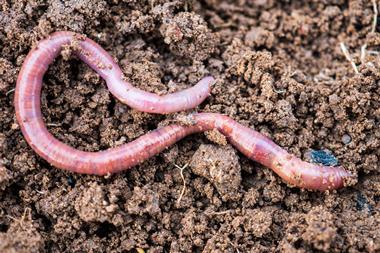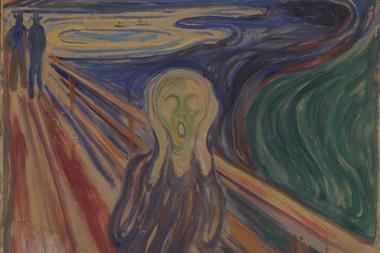This year’s chemistry Ig Nobel prize has been awarded to three Portuguese conservation scientists who showed that human saliva is a good cleaning agent for paintings and historical artefacts.
Paula Romão, Adília Alarcão and César Viana’s 1990 paper revealed how the trio collected saliva and measured how effective it was at removing dirt from 18th century gilded sculptures. They note that conservators have long been using their own saliva in preference to other solvents when working with delicate materials such as gold leaf and ceramics.
‘I know that it seems quite improbable, but human saliva is indeed an effective cleaning agent for surfaces like paintings, sculptures and gilded wood. But don’t try to use it on your kitchen counters,’ Romão said in an acceptance video that was played at the awards ceremony at Harvard University. The cleaning action is in part due to an enzyme in saliva, α-amylase, which breaks down starch into simple sugars.
The Ig Nobel prizes are awarded annually to celebrate improbable scientific research across a variety of disciplines. Among this year’s winners are Marc Mitchell and David Wartinger, who were awarded the medicine prize for using roller coaster rides to hasten the passage of kidney stones, and an international team who won the biology prize for demonstrating that wine experts can smell the presence of a single fly in a glass of wine.

















No comments yet